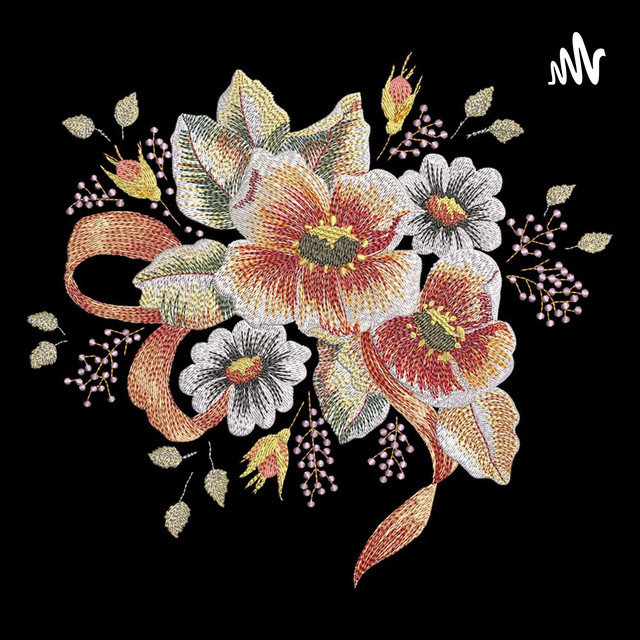Embroidery digitizing is a crucial process in the custom embroidery industry, converting images and designs into a format that embroidery machines can read. A significant aspect of this process is understanding various file formats, as they play a vital role in ensuring the quality and efficiency of the final product. This article explores the importance of file formats in custom embroidery digitizing, delving into different types of formats, their features, and how to choose the right one for your needs.
What is Embroidery Digitizing?
Embroidery digitizing involves translating a graphic design into a digital format, allowing embroidery machines to stitch the design accurately. This process requires specialized software that converts images into a series of commands that tell the machine how to stitch the design, including details like stitch type, direction, and color changes.
Why is Digitizing Important?
Proper digitizing is essential for achieving high-quality embroidered products. Poor digitizing can lead to issues like thread breaks, misalignment, and poor stitch quality. Therefore, understanding file formats is crucial for ensuring that digitized designs are executed correctly by the embroidery machines.
Common File Formats in Embroidery
Several file formats are commonly used in embroidery digitizing, each with unique features and compatibility with different machines. Below are some of the most popular formats:
1. DST (Data Stitch Tajima)
Overview: DST is one of the most widely used file formats in the embroidery industry. It is a universal format compatible with many embroidery machines.
Features:
- Contains stitch data only, without color information.
- Simple structure, making it easy to process.
Usage: Ideal for commercial embroidery and widely accepted by many embroidery machine manufacturers.
2. PES (Photo Embroidery Stitch)
Overview: PES is a proprietary format developed by Brother and Baby Lock machines. It is popular among home embroiderers.
Features:
- Supports color information and thread changes.
- Can store more detailed design data compared to DST.
Usage: Preferred for intricate designs that require specific color information.
3. JEF (Janome Embroidery Format)
Overview: JEF is the file format used by Janome embroidery machines. It is similar to PES but has unique features.
Features:
- Supports a range of stitch types and color changes.
- Allows for larger file sizes, accommodating complex designs.
Usage: Best for Janome users looking for detailed designs with color specifications.
4. EXP (Melco Embroidery Format)
Overview: EXP is a commonly used file format for Melco embroidery machines, offering a balance between simplicity and detail.
Features:
- Contains stitch data and basic color information.
- Supports different stitch types.
Usage: Suitable for both commercial and home embroidery applications.
5. VP3 (Husqvarna Viking/Pfaff)
Overview: VP3 is a format used by Husqvarna Viking and Pfaff machines. It provides advanced features for embroidery.
Features:
- Supports color information and specialized stitch types.
- Allows for the inclusion of additional design elements.
Usage: Ideal for users of Husqvarna Viking and Pfaff machines who require detailed embroidery designs.
The Impact of File Formats on Quality
The choice of file format significantly influences the quality of the final embroidered product. Here are some key aspects to consider:
Stitch Quality
Different file formats contain varying levels of detail about stitch types, densities, and directions. For instance, formats like PES and VP3 provide more stitch data, allowing for better-quality results compared to simpler formats like DST.
Design Complexity
Complex designs require detailed digitizing to ensure accuracy in stitching. Formats that support color changes and multiple stitch types are essential for intricate designs. Choosing the right format helps maintain the integrity of the design throughout the embroidery process.
Compatibility with Machines
Not all embroidery machines support every file format. It’s crucial to select a format compatible with the machine that will be used for stitching. Using the incorrect format can lead to errors, resulting in wasted time and materials.
Choosing the Right File Format
Selecting the appropriate file format for your embroidery project involves considering several factors:
1. Type of Embroidery Machine
The first step is to identify the embroidery machine you will be using. Check the machine’s specifications to determine which file formats are compatible. Using a compatible format ensures smooth processing and accurate stitching.
2. Design Complexity
Consider the complexity of your design. For simple logos or text, formats like DST may suffice. However, for intricate designs with multiple colors and stitch types, opt for formats like PES or VP3 that can handle the added complexity.
3. End Use of the Design
Think about how the embroidered design will be used. For commercial applications, where quality and durability are paramount, choosing a format that offers better stitch quality and detail is essential. For personal projects, simpler formats may be adequate.
4. Future Flexibility
If you anticipate needing the design for different applications or machines, choose a versatile file format that can be easily converted to other formats if necessary.
File Format Conversions
Sometimes, you may need to convert a design from one file format to another. While many embroidery software programs allow for format conversions, it’s important to do so carefully to avoid losing design details.
Common Conversion Practices
- Use Reliable Software: Choose software that is known for accurate file conversions to maintain stitch quality and design integrity.
- Check Stitch Data Post-Conversion: Always review the converted file to ensure that all stitch data, colors, and details are intact.
- Test Stitch the Design: Conduct a test stitch with the converted file to verify that it meets your quality standards.
Conclusion
Understanding file formats is essential in the realm of custom embroidery digitizing. The right format can significantly impact the quality of your embroidered designs, ensuring they are executed accurately and beautifully. By considering the type of embroidery machine, design complexity, and intended use, you can make informed decisions about the best file format for your projects. As technology continues to evolve, staying updated on file formats and their implications will help you achieve the best results in your embroidery endeavors. Whether for personal projects or commercial applications, mastering the nuances of file formats is key to success in custom embroidery digitizing.



